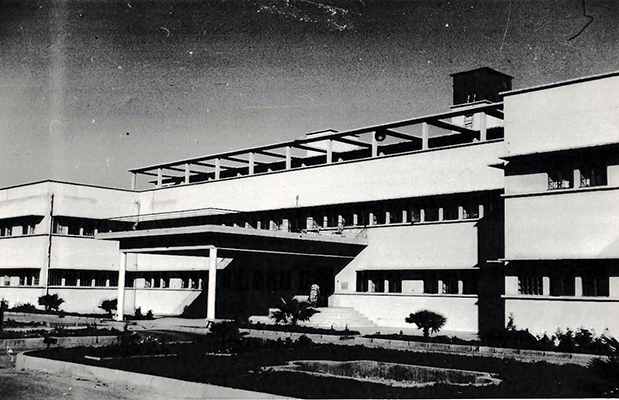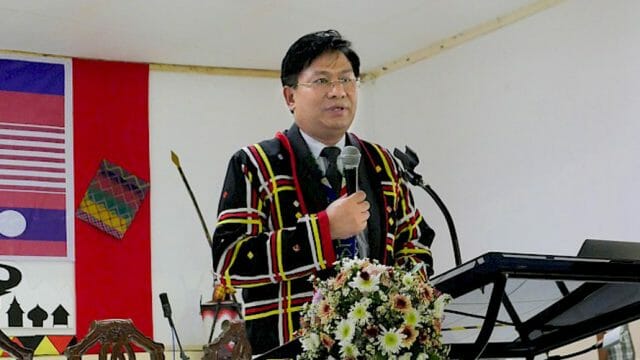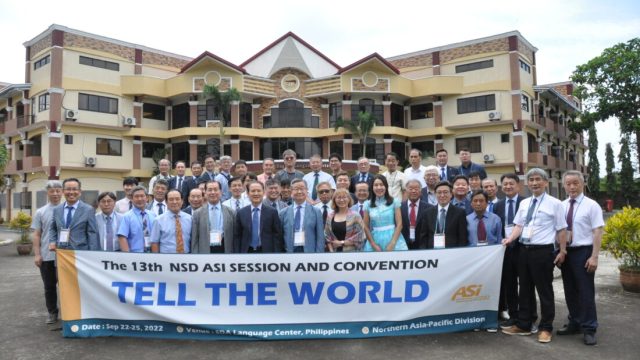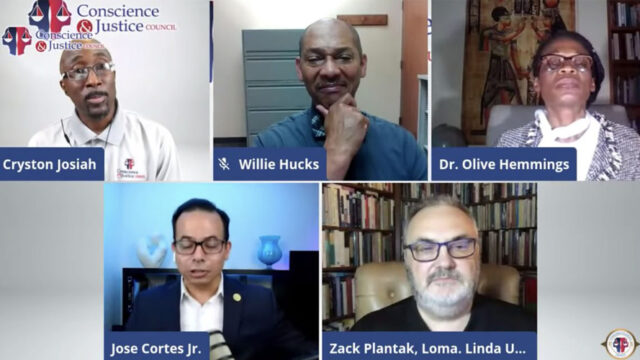Many big things start small.

The Encyclopedia of Seventh-day Adventists (ESDA) is now live and freely accessible at encyclopedia.adventist.org. Launched Wednesday, July 1, at the Seventh-day Adventist Church headquarters in Silver Spring, Maryland, United States, the project involves nearly 1,000 writers from all world church divisions and attached fields, and features more than 2,100 articles, photographs, and other historically significant documents. New articles will continue to be added to the encyclopedia. We invite you to visit encyclopedia.adventist.org for education and insight on the history and structure, culture, theology, and more of the Adventist Church around the world. The following story is based on a longer article from the encyclopedia.—Editors.
In the capital of an Islamic country, hospital staff, doctors, and nurses witnessed for Jesus to everyone who entered their doors.
Dar El Salam (House of Peace) Hospital was a Seventh-day Adventist medical facility in Baghdad, Iraq. It came into being through the vision and efforts of Ernest Lloyd Branson, who was the president of the Middle East Union Mission in 1942. When the building of the medical facility was first being considered, the extraordinary conditions of World War II resulted in construction materials becoming extremely expensive. A delegation from the General Conference studied the conditions and recommended that the mission wait until the situation was more stable.

Two Adventist brothers, Bashir and Naseef Hasso, however, owned a hotel on Al Rashid Street, the main street of Baghdad. They generously offered the use of their hotel as a hospital until the mission could build a permanent facility. The union administration immediately accepted this offer, and renovations commenced.
By April 1946, the hotel had been converted into a modern hospital. It included a pathology laboratory as well as hydrotherapy and physiotherapy treatment rooms. The facility also provided living quarters for the resident doctor and nurses.
Toward the end of 1946, the hospital began to accept patients under the care of competent physicians Youssef Ibrahim Saaty, M.D., and Chukri Karmi, M.D., as well as the Henderson sisters, who were nurses.
Before long, the hospital became widely known. By early 1947, it was operating at full capacity. For many Iraqi citizens, this hospital was their first contact with Christians and with the work of the Seventh-day Adventist Church.
Patients publicly expressed their gratitude for the excellent medical care they received. The Baghdad newspaper Al Akhbar, for example, printed Kamel Ne’metallah Nazo’s letter of appreciation: “Recently I took my sister, Regina, to this hospital to undergo a serious operation. This was performed by the expert Dr. Joseph Saaty, assisted by his wife, who is a surgery nurse, and the nurses Miss Voth and Miss Ruth. Now that the operation has proved completely successful, I feel compelled in justice and equity to praise the able surgeon, Dr. Saaty, and the nurses mentioned above, and to thank them all for their outstanding skill and special care. May God give them success in their service for humanity.”
Toward the end of 1949, the time arrived to make a final decision regarding a permanent location for the hospital. An eight-and-a-half-acre plot of land in the suburbs of New Baghdad was chosen, located on the main highway toward Khanaqin and Tehran.
Plans were drawn up for a 50-bed, two-story, modern structure. The plans allotted space for a large hydrotherapy department. A call was placed for a couple trained in physical therapy to join the staff. Other doctors from America soon followed: Dr. Paul Yingling, an eye, ear, nose, and throat doctor (ENT); and Dr. Milena Simeckova, an obstetrician and gynecologist (OB/GYN) with advanced training.
By June 1954, most of the construction for what turned out to be an 85-bed hospital had been completed. The exceptionally well-trained medical staff of 40 included locals as well as health professionals from the United States and Europe. This facility was said to provide the best medical service in the country. The doctors, nurses, and staff treated Iraqis of all classes, from the poorest to royalty, showing love and concern to all.
By December 1957, the hospital had a full-time chaplain and a young female Iraqi Bible worker. They actively engaged with the patients, leading to many enjoyable and profitable visits with the families. They invited patients to visit the chapel across the street, and many attended services on Sabbath and in the evenings.
These “golden days” did not last long, however. By 1959, the new Iraqi government moved to nationalize all medical services and to rid the country of Western influence. Although the government recognized the Seventh-day Adventist Church in Iraq, all international staff were asked to exit.
Deportation orders came for all American personnel and for one family from a neighboring country. They were given just a few days to pack their belongings and leave. Those who left said they felt that the hospital’s influence had been strongly felt throughout Iraq and the surrounding countries.








